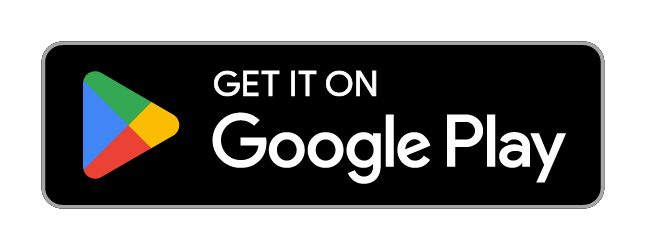Lesson Details
Lesson 1: What is News?
Key words: bunk off mass people objective bias broadcast refer editorial informative educative
A Look at the following pictures. Discuss with your partner what you see in them.
B Read the text and answer the following questions.
'I eat rice every day. I play cricket. I don't bunk off school, blah...blah... blah....' These are common events. They happen every day or on some occasions. Are these events news? Should they be published in newspapers? The answer is a big 'NO'. Then what is news anyway? What do we want to know from the media? 'When a dog bites a man that is not news, but when a man bites a dog that is news,' says Charles Anderson Dana.
The first thing is that the news should be a piece of information. Secondly, the information should be recent or new, and hence it is 'news'. Thirdly, people should take interest in it. Fourthly, it should be self-explained. That is, it should answer all the questions with who, which, what, where, when, why and how Finally, it should be objective. Recently, another aspect has been added: news is either printed or broadcast or on the internet.
There are opinions that the term 'news' comes from 'new'. Others say it is news because it comes from all directions: North, East, West and South.
Questions 1 What features should news have? 2 What is the difference between news and an event? 3 '......it should be self-explained...'. What does 'it' mean here? 4 What are the opinions about the term 'news'? 5 What must be there in the information in a newspaper?
C Pairwork. Find the following words/phrases in italics in the text in B. Discuss with your partner and try to guess their meaning from the context. Then look at the table below and match the words with their meanings in the right column. First one is done for you.
| Word/phrase | meaning | |---|---| | bunk off | not influenced by personal feelings/opinions | | media | to send out programmes on TV or radio | | objective | ways of getting information e.g. Radio, TV, newspaper, etc. | | broadcast | stay away/leave school/work without permission |
D What is fake news?
"Fake news" means news that isn't true or is misleading. This can happen when stories don't have real facts or trustworthy sources. There are two main types of fake news:
-
Misinformation: This is when wrong information is shared by mistake, without meaning to mislead anyone.
-
Disinformation: This is when wrong information is shared on purpose to trick people. It's important to always check facts to avoid spreading fake news!
E Look at the news and the post below and discuss the questions in pairs.
WEEKLY WORLD Space creature survived NEWS UFO crash in Arkansas! HILLARY CLINTON ADOPTS OFFICIAL PHOTO! ALIEN BABY Secret Service building special nursery in the White House!
A news card falsely claims that Hillary Clinton has adopted an alien baby discovered at a UFO crash site.
A Facebook page falsely claims that Sonali Bank is giving away money to people in celebration of the month of victory.
Questions:
- Do you think this news and the post are true? Why or why not?
- Why do you think people are spreading this fake news?
F Look at the following comment.
The advertisement is the most truthful part of a newspaper. ---Thomas Jefferson
Now, make similar sentences from the following substitution table.
| | | |--------------------|--------------------| | The editorial page | the most attractive | | The cartoon page | the most educative | | The sports page | is | the most valuable part of a newspaper. | The learners' page | the most interesting |
G Ask and answer with your partner. 1 Do you read any newspaper/magazine? 2 When do you usually read it? 3 Which newspaper/magazine do you read? 4 What makes it different from other newspapers/magazines? 5 Which news items do you like most ---- international affairs, sports, movie, culture, politics, etc? 6 Do you share your favourite news item/s with your friend/s? H Write a paragraph on your habit of reading newspapers. You can take your cues from the questions in section G.
শব্দ, অর্থ এবং বাক্য
| শব্দ | অর্থ | বাক্য |
|---|
